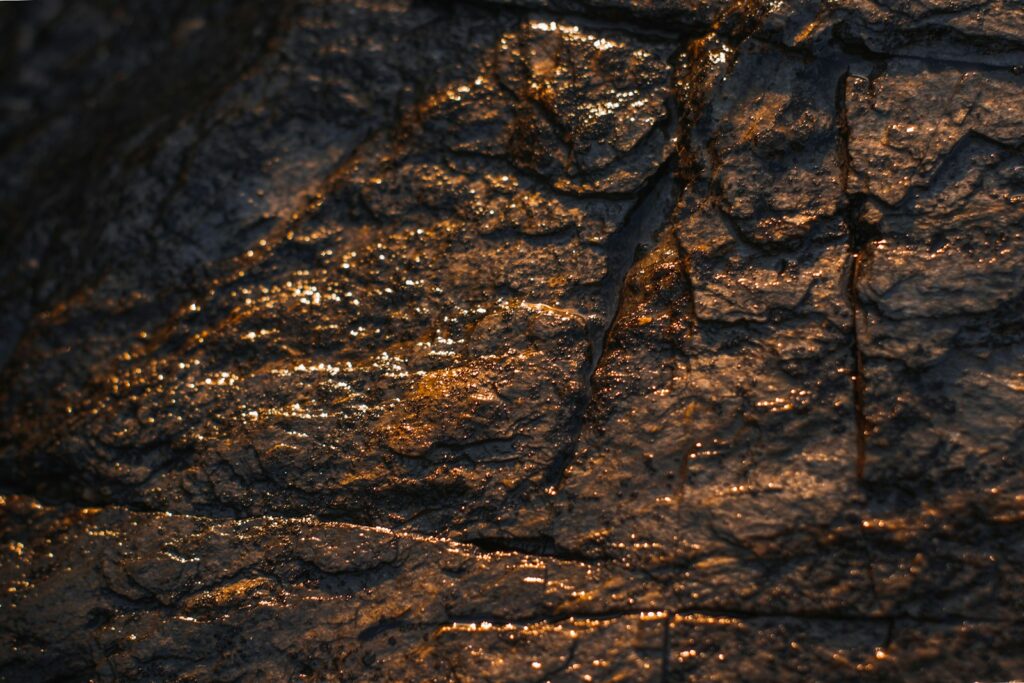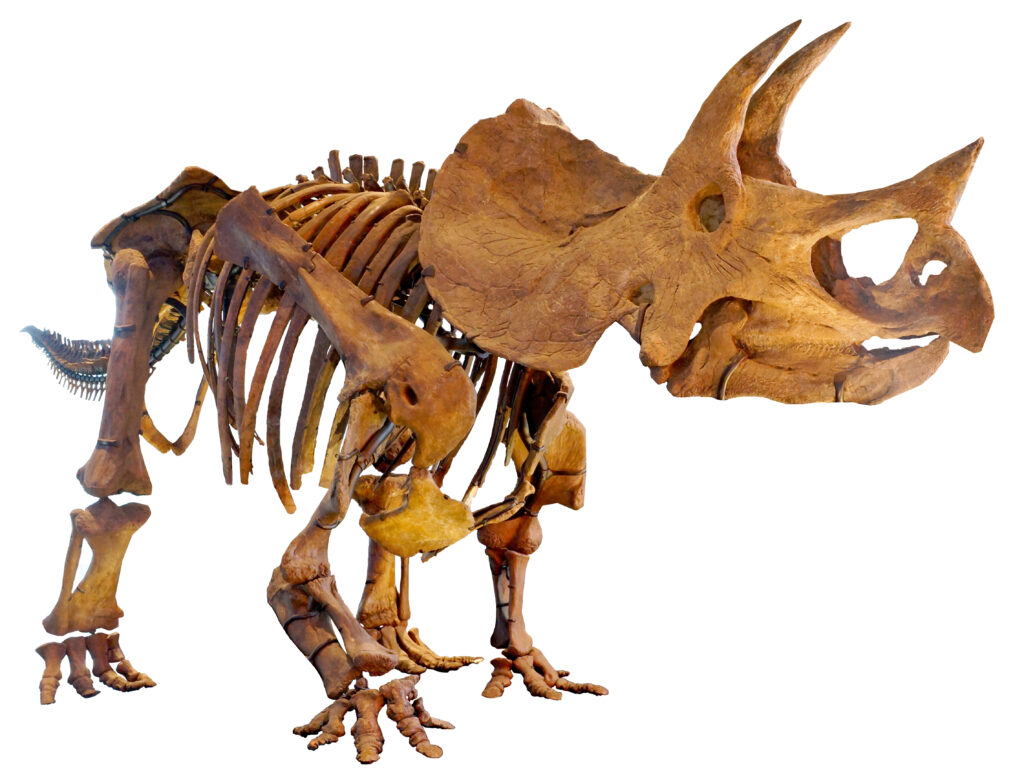You stumble across fragments of ancient bones in caves, discover massive stone circles that predate Stonehenge, or uncover tools that shouldn’t exist according to our timeline of human development. Every archaeological find seems to answer one question while raising ten more. The prehistoric world keeps throwing curveballs at our understanding of ancient civilizations, leaving scientists scratching their heads and rewriting textbooks.
From underwater cities that vanished beneath the waves to mysterious human relatives who left behind only tantalizing genetic traces, these unsolved puzzles remind us how much we still don’t know about our distant past. So let’s get started with ten of the most baffling prehistoric mysteries that continue to defy explanation.
The Enigmatic Denisovan Legacy

A single pinky bone from a teenage girl discovered in a Siberian cave revolutionized our understanding of human evolution. Today little is known about this mysterious lineage, but importantly Denisovan DNA has been found in East Asians, New Guineans, and others. Around 40,000 years ago the Denisovans ceased to exist as an independent hominin population, with only their hybrid descendants remaining to continue their legacy through till the present day. These Denisovan descendants would have included not only Denisovan-human hybrids as modern DNA evidence makes clear, but also Denisovan-Neanderthal hybrids as well.
Scientists can trace Denisovan genetic markers across vast populations today, yet we know almost nothing about how these mysterious relatives lived or what they looked like. A two-centimeter slither of long bone found in the Denisova Cave belonged to a first-generation Denisovan-Neanderthal hybrid teenage girl who lived around 90,000 years ago. The child, given the name Denny, was found to have had a Denisovan father and a Neanderthal mother. This incredible finding proves that different human species not only coexisted but actively intermingled, creating hybrid populations whose genetic legacy persists in millions of people alive today.
Göbekli Tepe’s Impossible Timeline
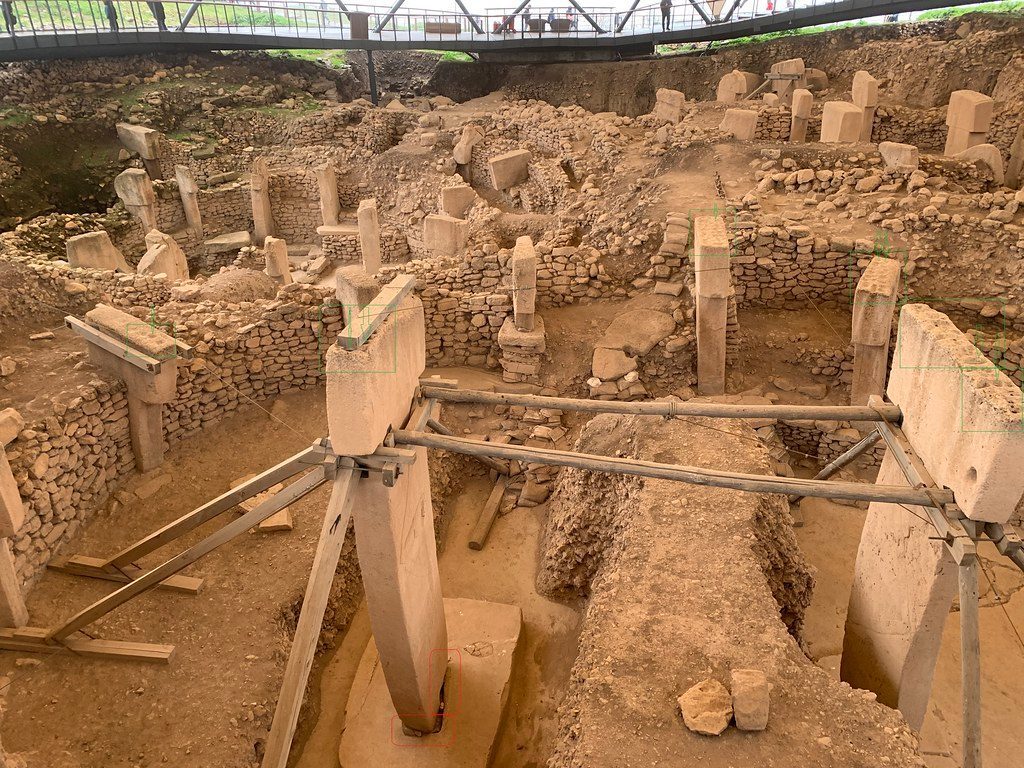
Picture massive stone pillars arranged in perfect circles, carved with intricate reliefs of animals and symbols, built by people who supposedly hadn’t invented agriculture yet. Construction of Stonehenge, one of the world’s most iconic prehistoric landmarks, began some 5,000 years ago, before England even entered the Bronze Age. Well studied for centuries, most researchers agree it functioned as a burial site – and it’s now known where the massive stones came from. However, Göbekli Tepe predates Stonehenge by roughly 5,000 years, making it even more perplexing.
The site challenges everything we thought we knew about the development of civilization. These weren’t simple hunter-gatherers throwing together a few rocks. The precision of the construction, the artistic sophistication of the carvings, and the sheer scale of the project suggest a level of social organization that shouldn’t have existed in the Neolithic period. Some of the stone pillars weigh up to 16 tons, requiring coordinated effort from hundreds of people.
The Mysterious Cochno Stone
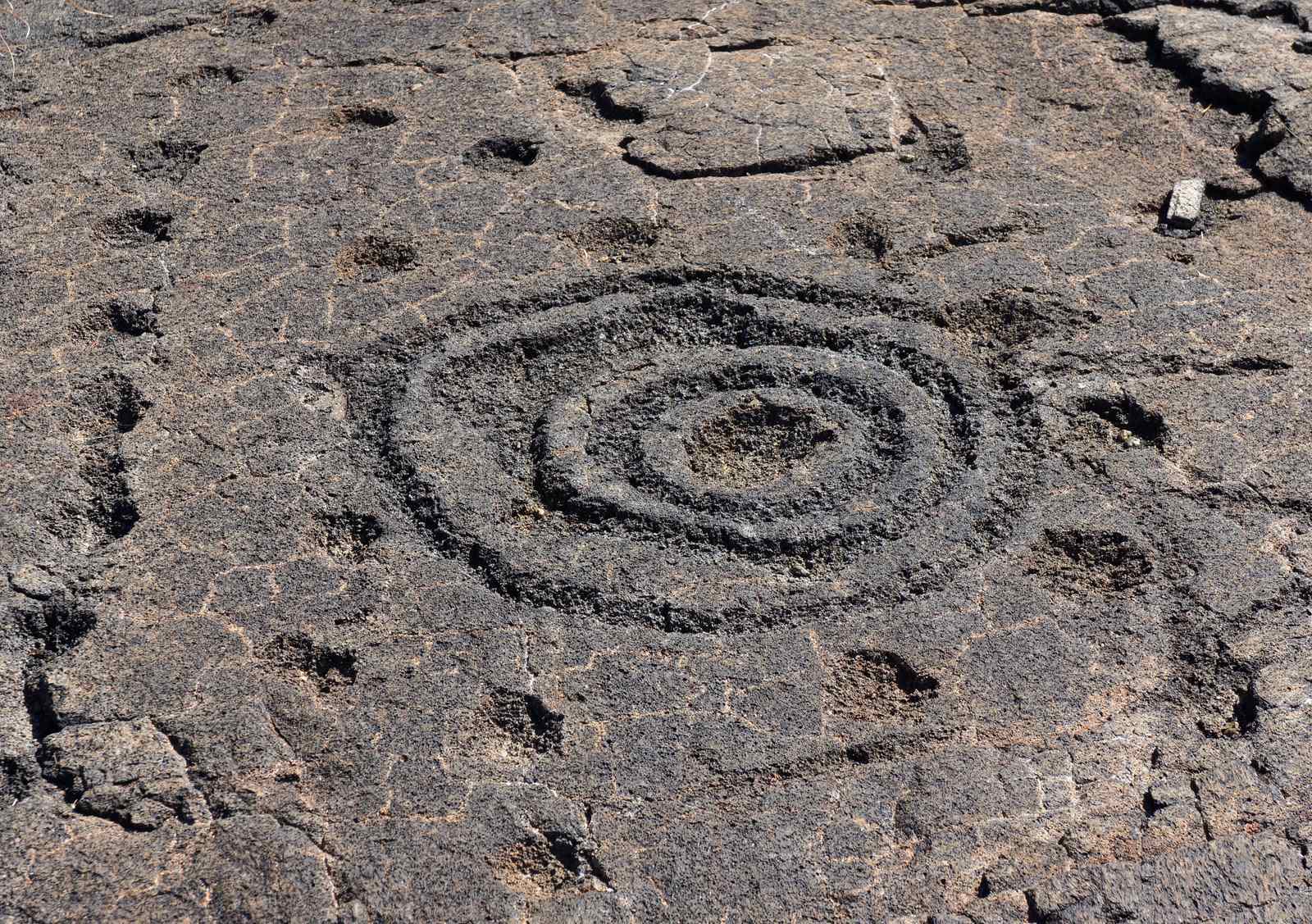
The so-called Cochno Stone measures 43 feet by 26 feet (13 by 8 meters) and contains swirling patterns known as “cup and ring marks” that have also been identified at prehistoric sites in other parts of the world. The slab may be an example of ancient artwork, according to Kenny Brophy, an archaeologist and senior lecturer at the University of Glasgow. Researchers who studied the Concho Stone in the 1930s believed the stone’s inscriptions may have been linked to astronomical phenomena, like eclipses, but Brophy doesn’t think that’s the case.
The stone’s purpose remains completely unknown despite decades of study. He and his team of researchers are currently studying the stone more closely to discern how prehistoric people may have used it. The cup and ring marks appear at similar sites across Europe, suggesting some kind of shared cultural practice or belief system that spanned vast distances. Were they maps, calendars, or something entirely different? The answer continues to elude researchers.
Antikythera Mechanism: Ancient Computer
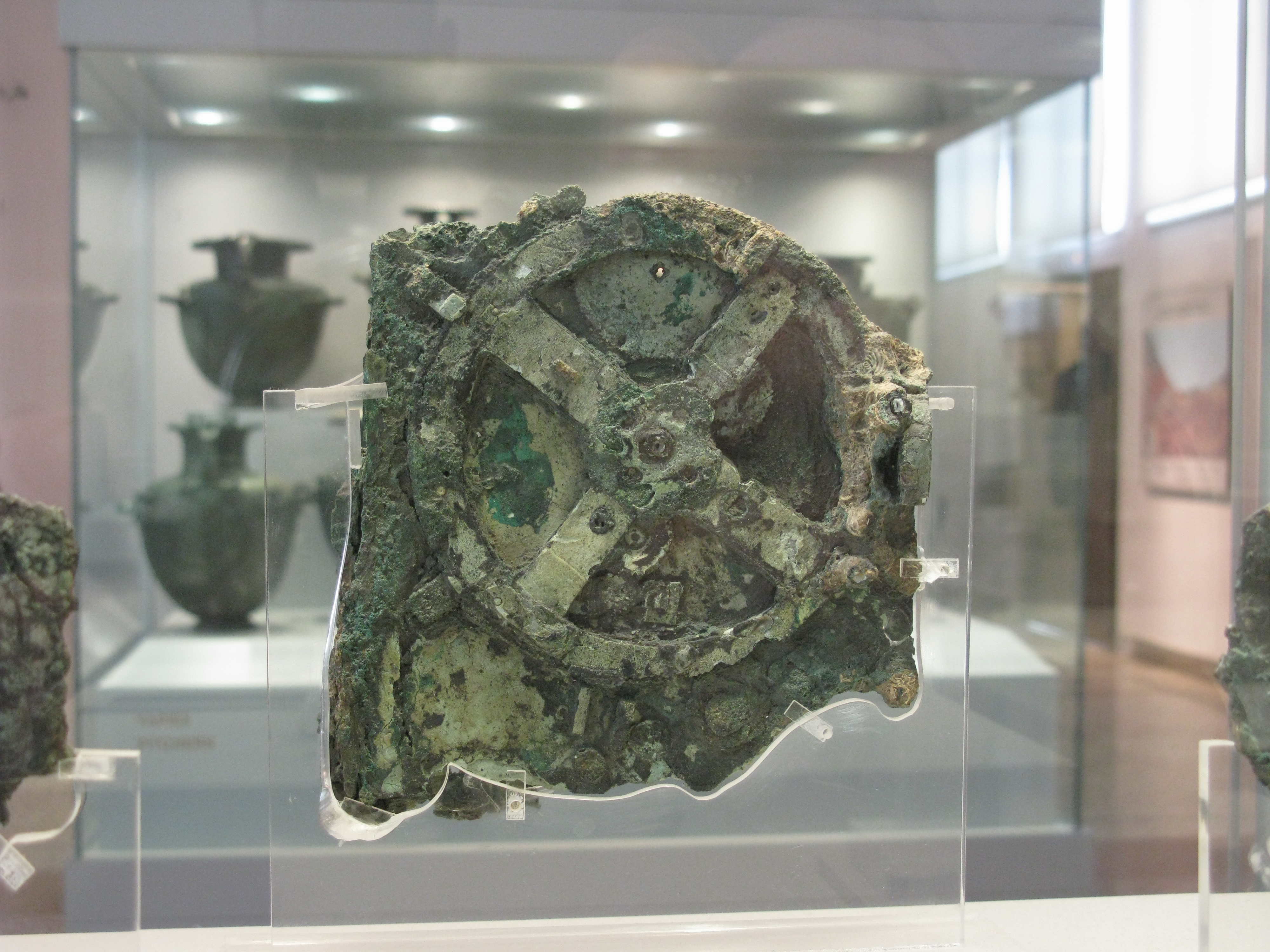
A Greek ship sank off the coast of the island of Antikythera about 2,000 years ago, and sat on the sea bottom until it was discovered in 1900. As archaeologists sorted out the artifacts that were retrieved from the wreck, they came across an object they didn’t know what to make of. It had multiple layers of brass gears that precisely fit together and were built into a wooden box.
A half-century later, a science historian figured out that this weird archaeological discovery could predict the positions of the planets and stars in the sky by date. Since then, researchers have found Greek text on the artifact that showed it could predict eclipses and moon phases, and could even track the four-year cycle of the Olympic Games. The sophistication of this ancient computer far exceeds what historians believed possible for its time period. Modern reconstructions require precise engineering knowledge that shouldn’t have existed in ancient Greece.
The Phaistos Disc Mystery
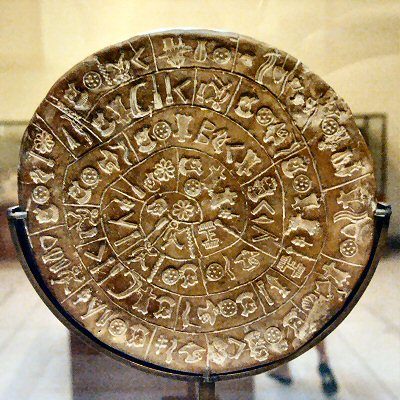
To make matters even more complicated, a mysterious artifact was found that shows a different writing script from Linear A. This object is the Phaistos Disk. As its name suggests, the Phaistos Disk is a disk of fired clay found at the site of Phaistos on Crete’s southern coast. Unearthed in 1908 on Crete, the Phaistos Disc is a fired clay object inscribed with spiraling, stamped symbols. Scholars have struggled for decades to decipher its meaning – some believe it’s a hymn or prayer, while others think it could be a type of game or record.
What makes this artifact particularly baffling is that the symbols were stamped using movable type, a printing technique supposedly not invented until the 15th century. The spiral arrangement of symbols and the unique pictographs found nowhere else in the ancient world make translation nearly impossible. The true purpose of the disc remains elusive, adding to its allure as one of archaeology’s most intriguing puzzles.
Roman Dodecahedra: Function Unknown
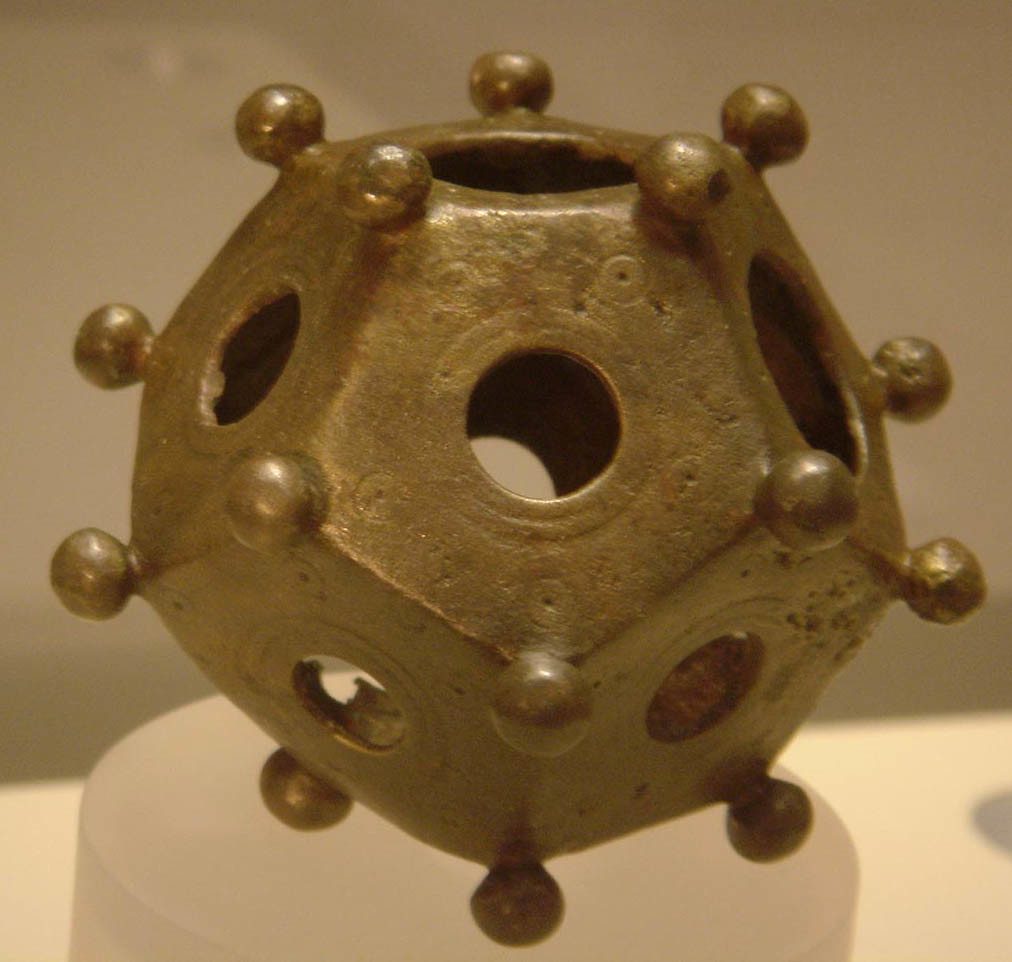
Dodecahedra date from the Roman period in Britain (43-410AD). About 130 have been found across the north-west provinces of the former Roman empire, each finely crafted from copper alloy. No representations of these objects are known in ancient art or literature. They do not conform to a standard size and rarely show use-wear which could hint at their purpose. Although armchair experts will tell you their granny used one to knit gloves, archaeologists are undecided on their intended use.
The twelve-sided bronze objects with circular holes of varying sizes have sparked countless theories. Some suggest they were surveying instruments, others think they might have been candle holders or even dice for gambling. The fact that they appear only in specific Roman territories and show no signs of practical wear deepens the mystery. Were they religious artifacts, astronomical tools, or simply decorative objects whose meaning died with their creators?
Neolithic Stone Balls of Scotland
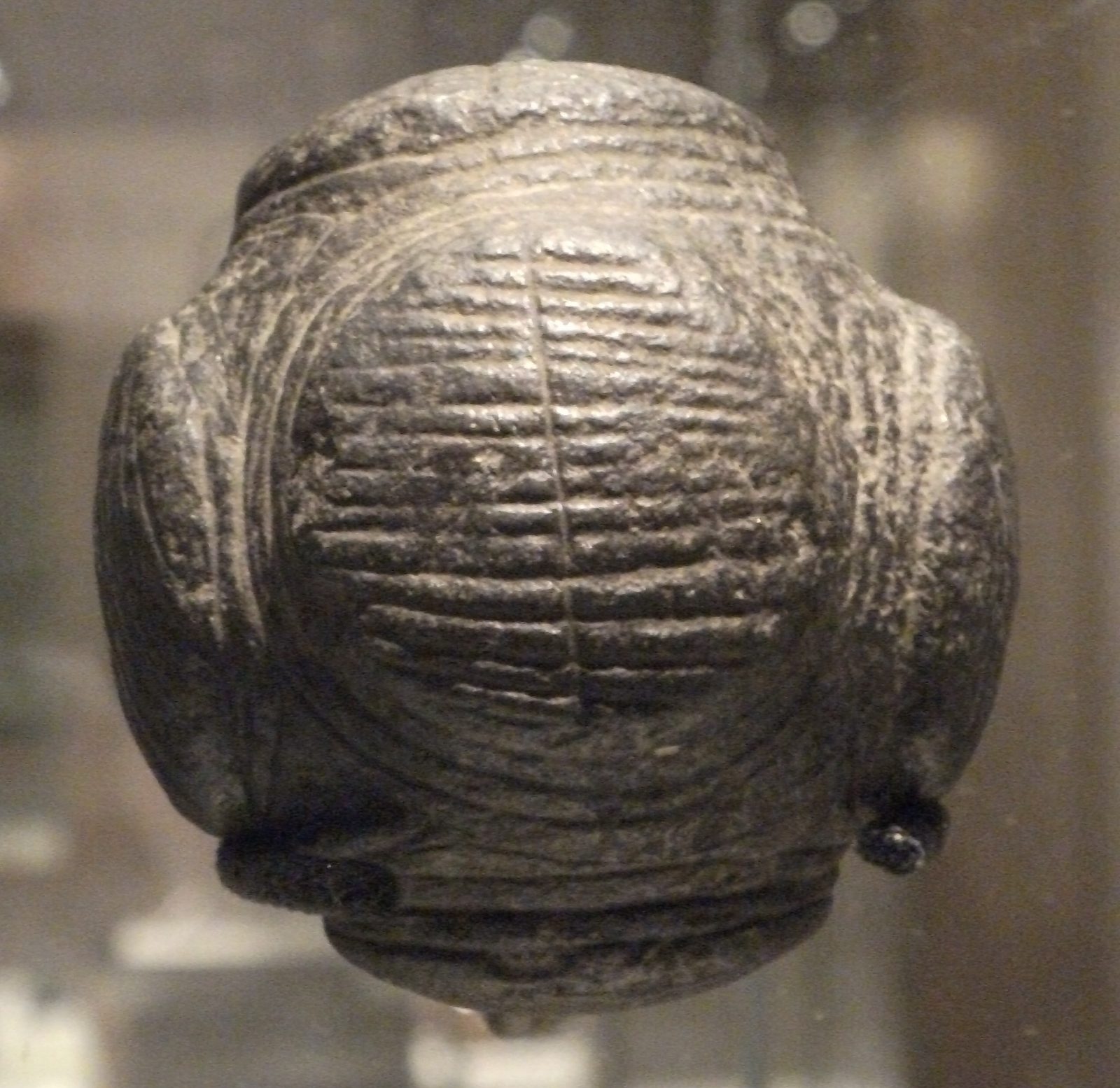
The elaborately carved stone balls found predominantly in Scotland and dating from the later Neolithic period (circa BC3200-2500) are one such mystery. Over 425 balls have been found. They are generally the size of a cricket ball and made from a wide variety of stones. The original use of these stone balls has been a source of much debate, right back to their earliest discovery in the 19th century. Many were chance finds or circulated with little provenance in art collections, and have rarely been found in an archaeological context.
Were they missiles for deterring predators and pests? Weapons of war? Toys? Or perhaps measuring weights, household ornaments, mnemonic devices, ball bearings to move megaliths or holders for yarn? The answer still escapes us. The intricate geometric patterns carved into these spheres suggest they held significant meaning, possibly religious or ceremonial. The craftsmanship required to create them indicates they were important enough to warrant considerable time and skill investment.
The Folkton Chalk Drums

In 1889, three carved cylinders of chalk were discovered in a child’s grave in Folkton, north Yorkshire. The Folkton Chalk Drums have geometric decoration and what appear to be eyes, noses and eyebrows. Another, highly ornate, example was excavated at Burton Agnes in east Yorkshire in 2015. The Burton Agnes drum was buried with a chalk ball, a bone pin and the remains of three children – one of whom was dated to BC3005-2890.
These mysterious cylinders feature faces that seem almost modern in their expression, yet they’re over 5,000 years old. The geometric patterns surrounding the facial features follow complex mathematical proportions that suggest sophisticated understanding of design principles. Their consistent association with child burials indicates they held special significance in Neolithic funeral practices, but their exact purpose remains unknown. Were they toys, ritual objects, or something else entirely?
The Baghdad Battery Controversy
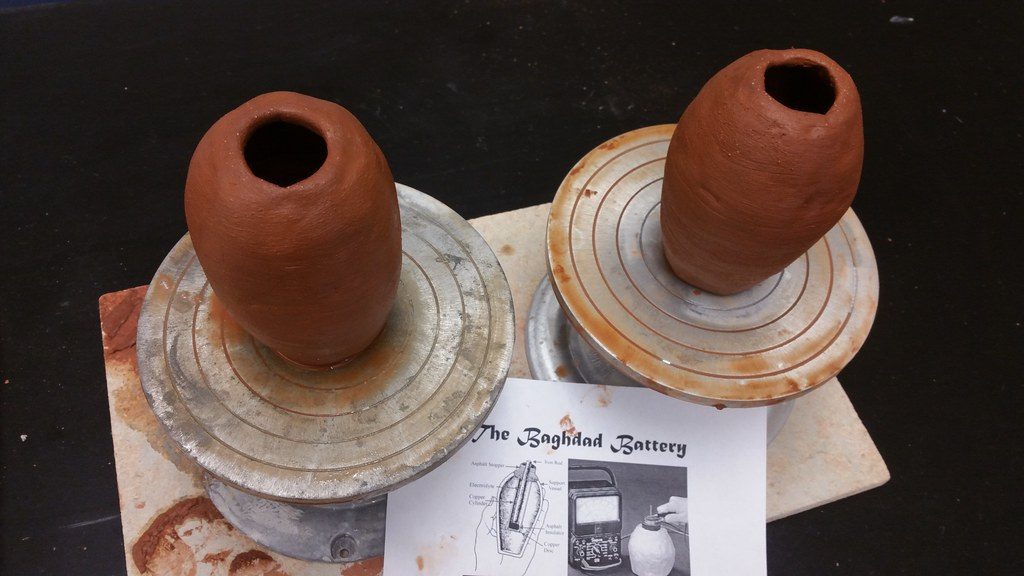
Clay jars with asphalt stoppers and iron rods made some 2,000 years ago have been proven capable of generating more than a volt of electricity. These ancient “batteries” were found by German archaeologist Wilhelm König in 1938 just outside of Baghdad, Iraq. Dr. Paul Craddock, a metallurgy expert at the British Museum, told the BBC in 2003. “They are a one-off. As far as we know, nobody else has found anything like these.”
The jars function exactly like galvanic cells when filled with an acidic solution, producing electrical current sufficient to plate thin layers of gold onto other metals. This discovery suggests ancient peoples may have had access to electroplating technology nearly two millennia before its supposed invention. However, no other evidence of electrical knowledge exists from this period, making these artifacts incredibly puzzling. Were they actually used as batteries, or is their electrical capability merely coincidental?
Hypogeum Hal Saflieni: Acoustic Marvel
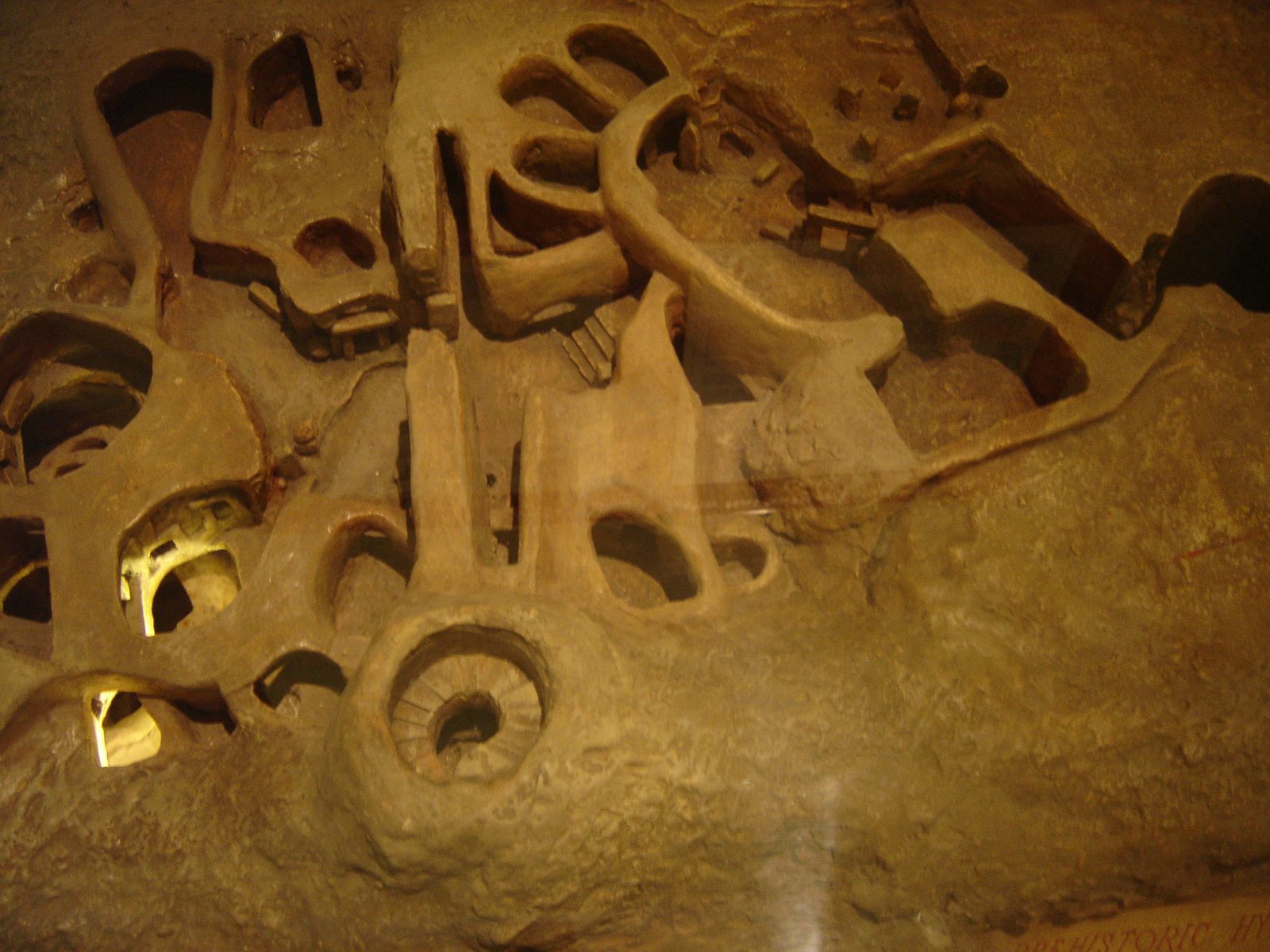
The Hypogeum of Hal Saflieni in Malta is a UNESCO World Heritage Site which is believed to be the oldest prehistoric underground temple in the world. It is for this reason that a unique chamber carved out of solid limestone and demonstrating incredible acoustic properties has been called ‘the Oracle Chamber’. According to William Arthur Griffiths, who wrote ‘Malta and its Recently Discovered Prehistoric Temples’, a word spoken in the Oracle room is “magnified a hundredfold and is audible throughout the entire structure.” It is said that standing in the Hypogeum is like being inside a giant bell. At certain pitches, one feels the sound vibrating in bone and tissue as much as hearing it in the ear.
The questions remain – was it intentional? Was the Hypogeum actually designed to enhance amplification? If so, why? Is it possible that the designers of these spaces knew something that modern scientists are just rediscovering? The acoustic properties are so precise that they suggest deliberate engineering rather than accidental design. Modern acoustic engineers struggle to explain how Neolithic builders achieved such sophisticated sound manipulation without advanced mathematical knowledge.
Conclusion
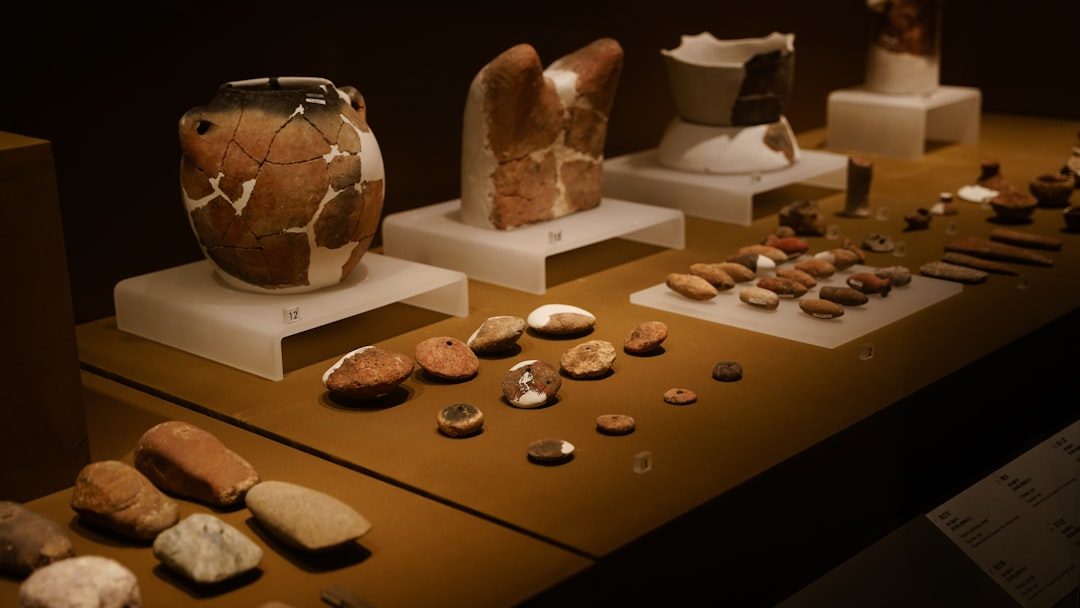
These ten prehistoric mysteries represent just the tip of an enormous iceberg of unknowns lurking in our ancient past. Each discovery forces us to reconsider what we think we know about prehistoric human capabilities, intelligence, and technological development. Yet, some artifacts and monuments remain shrouded in mystery, defying even the most advanced research. These enigmatic finds ignite our curiosity, fueling debates and inspiring theories that range from plausible to the fantastic. Why were these objects created – and by whom?
The beauty of these unsolved puzzles lies not in their answers, but in the questions they continue to raise. They remind us that despite all our technological advances and scientific methods, the prehistoric world still holds secrets that may never be fully understood. Perhaps that’s exactly as it should be – after all, isn’t the mystery what keeps us digging? What do you think these ancient artifacts were really used for? Tell us in the comments.


